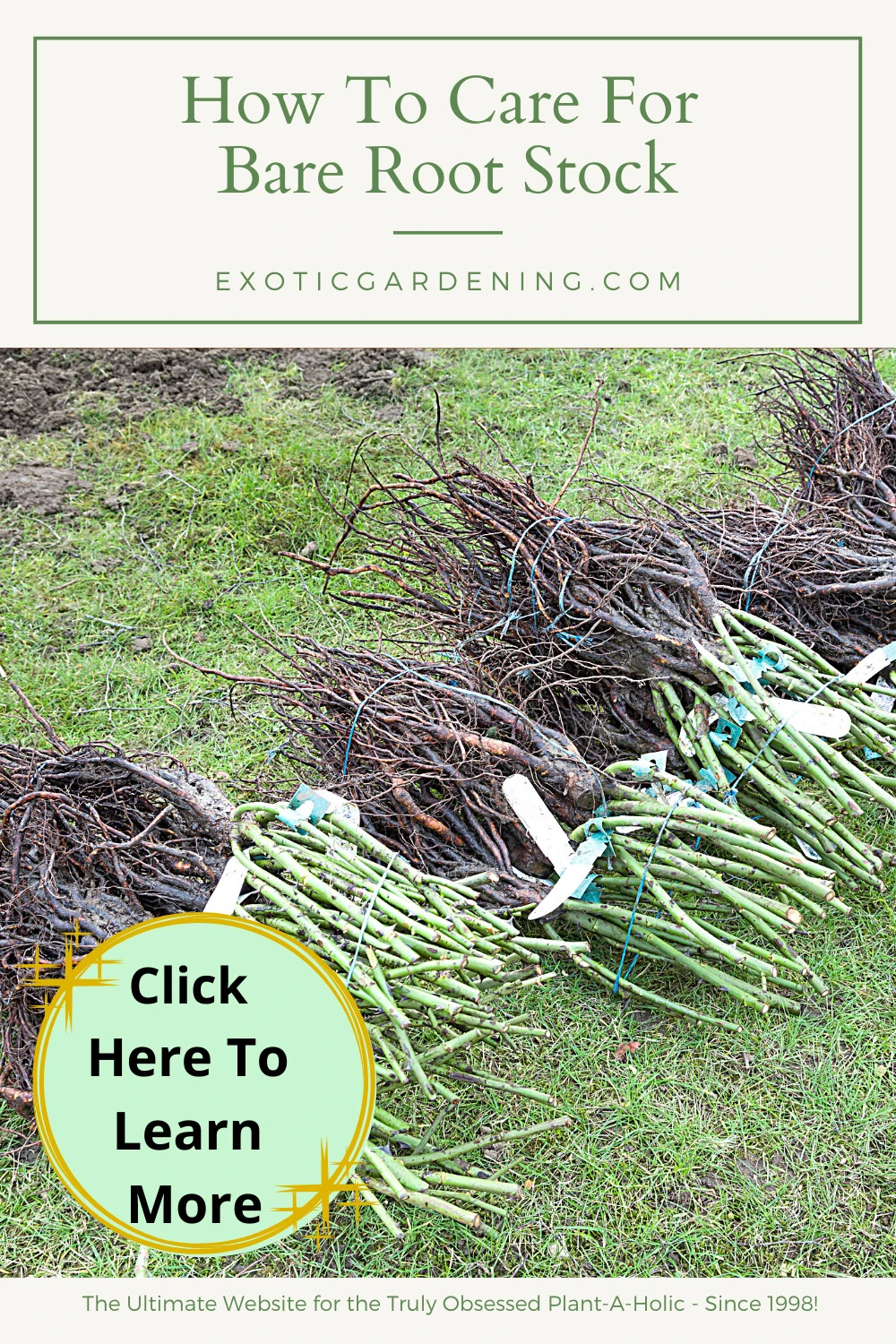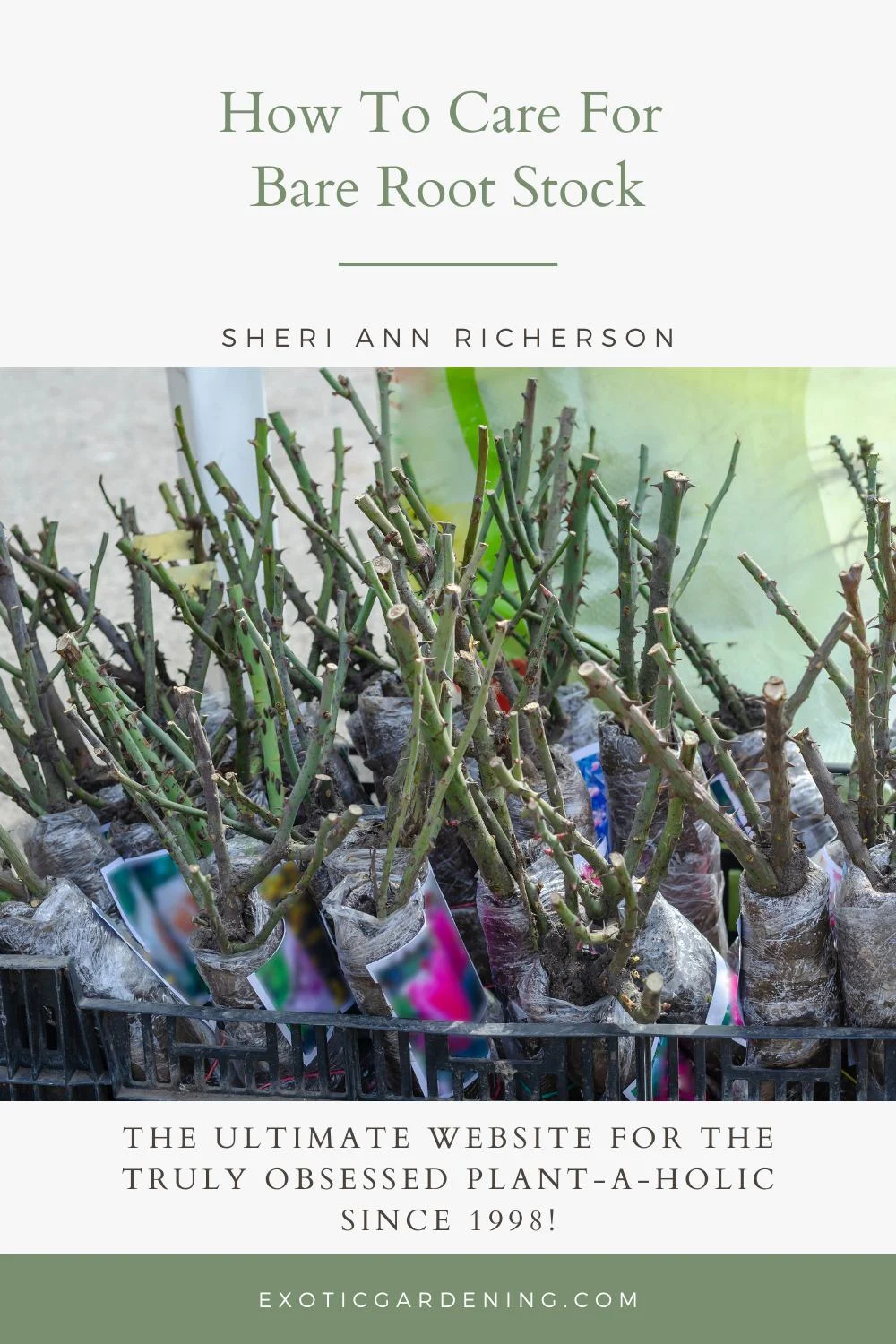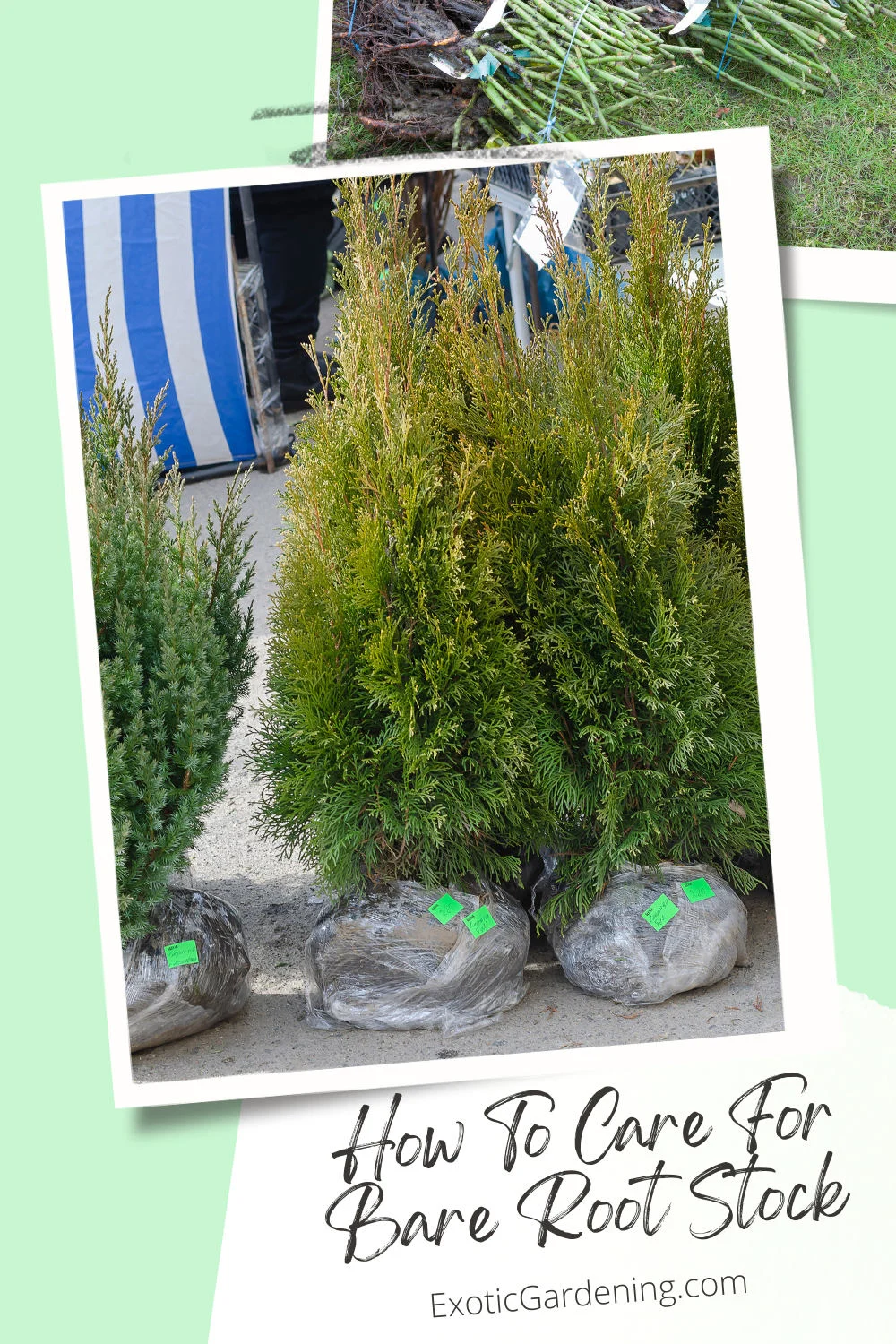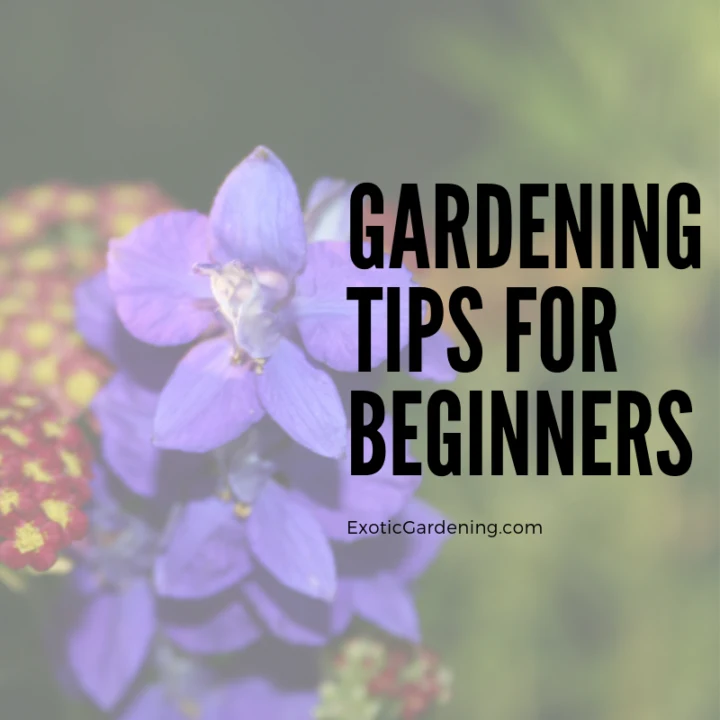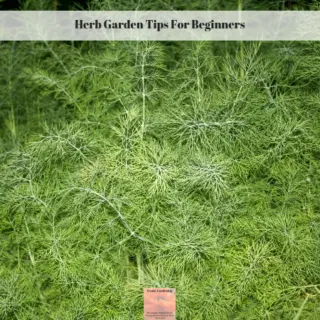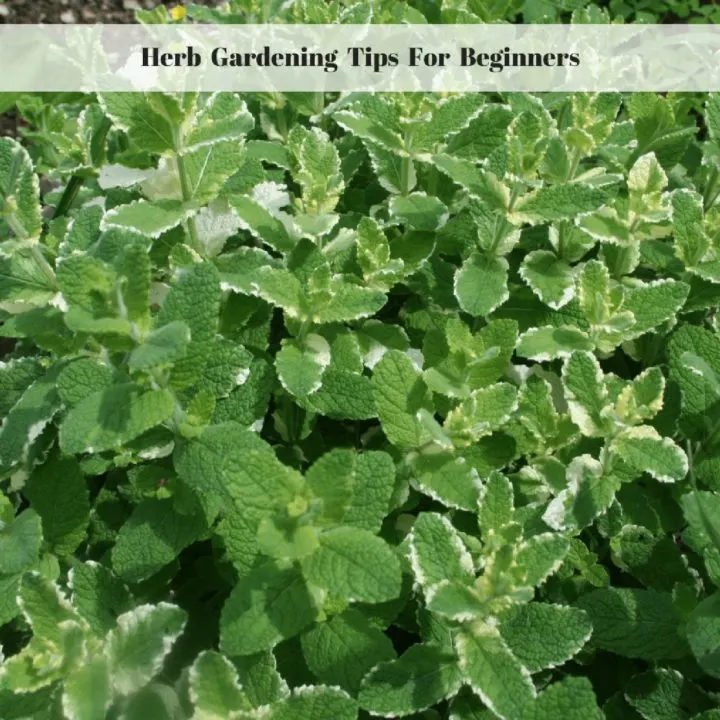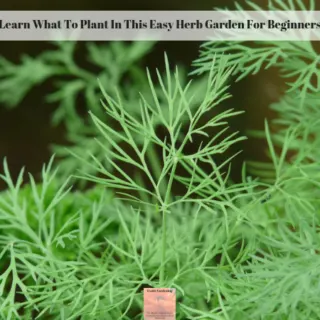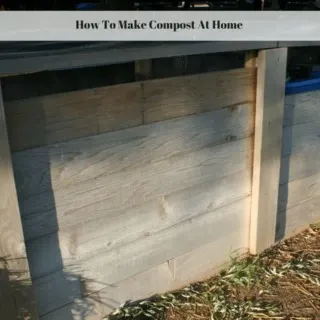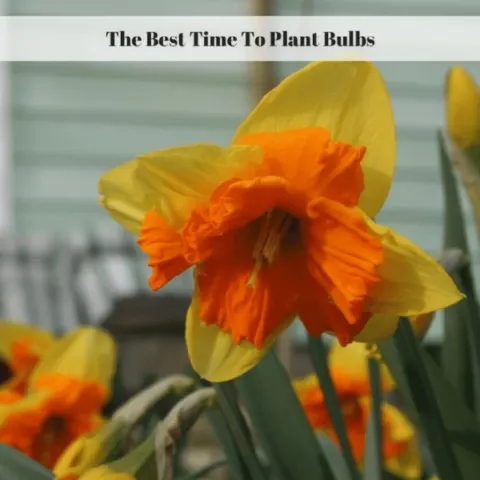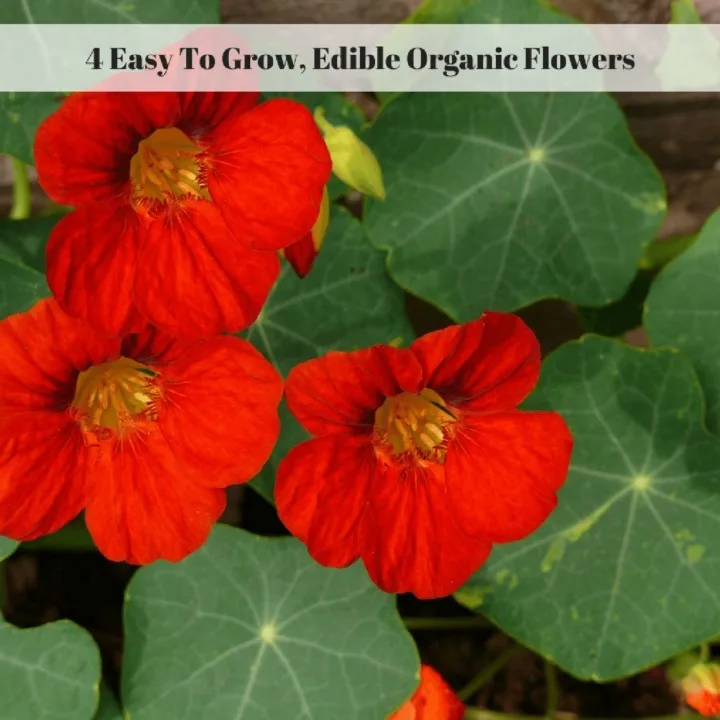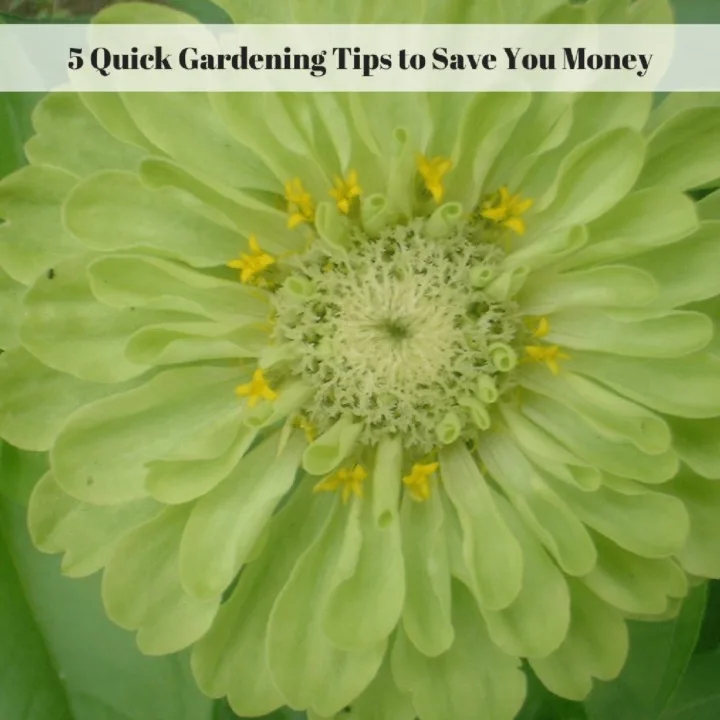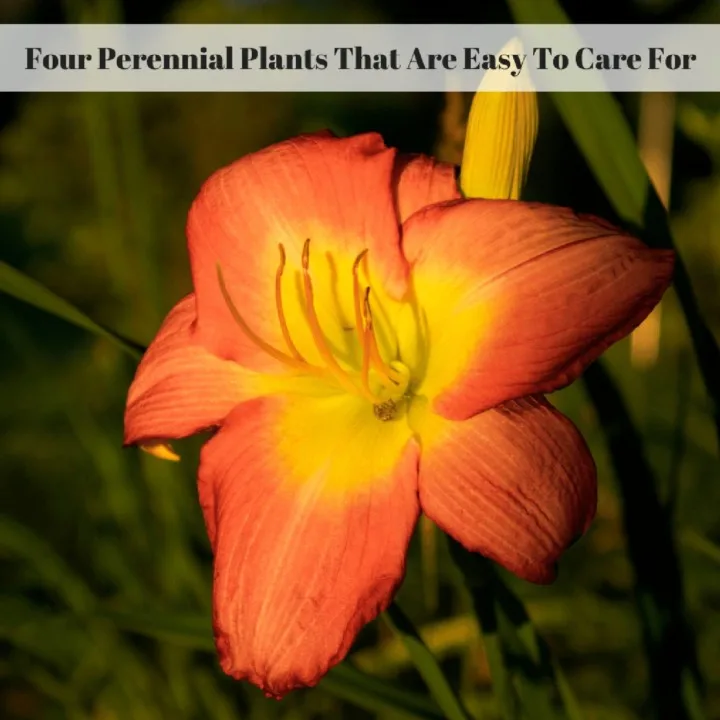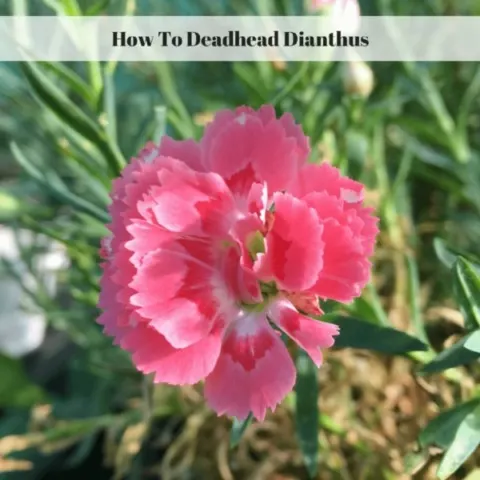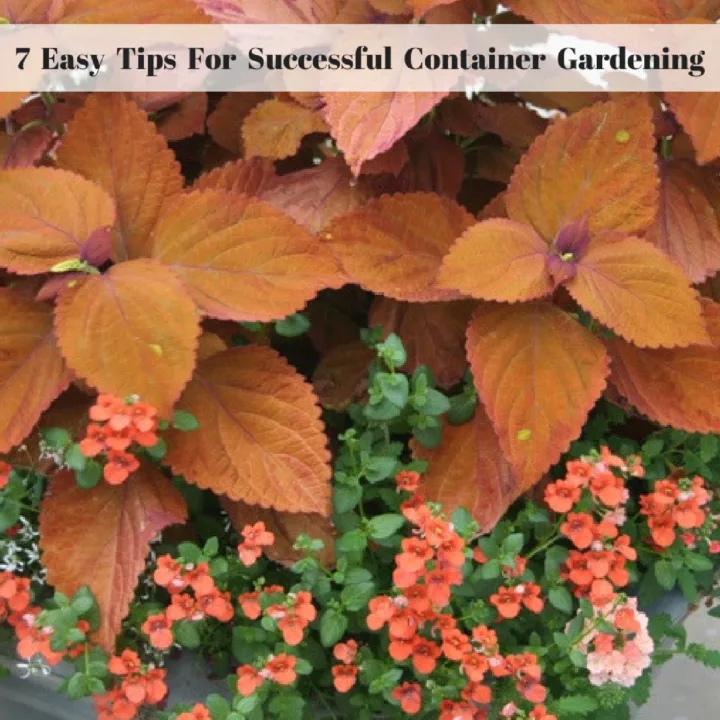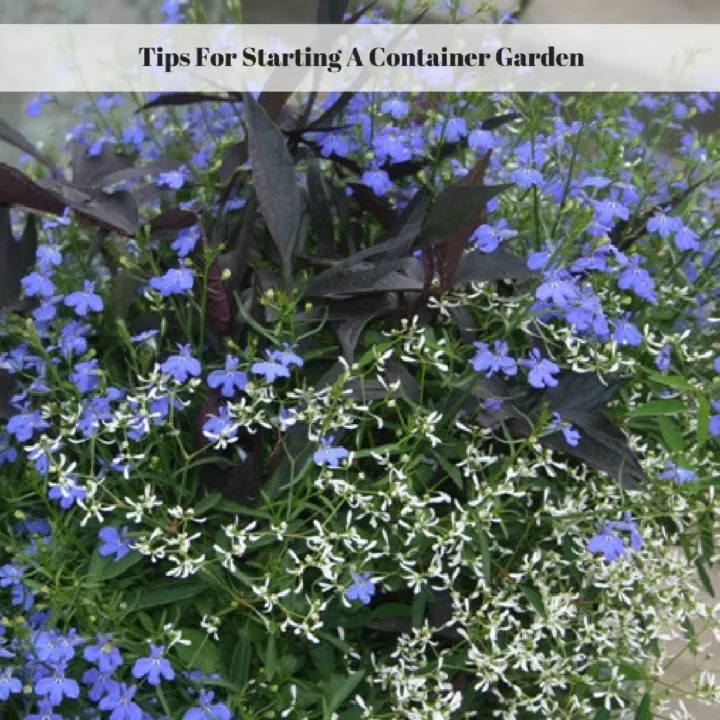Spring is almost here and plants are already hitting the shelves in stores, some as bare root stock wrapped in spagnum moss or a small amount of peat moss, surrounded with a pretty plastic bag.
For those of you who ordered through one of the many mail order companies that can be found online or through various catalogs, those orders are beginning to roll in as well.
However it is a bit risky to begin planting these items in our gardens, which is why understanding how to care for bare root stock is so important.
Bare Root Stock Needs Care As Soon As It Arrives
Most of the plants are either bare root, or contain a minimum amount of soil or other suitable packing material that really won’t allow the plants to survive for very long unless they are properly planted.
While it is possible to open many of the packages, put a few drain holes in the bottom of the plastic baggies and water them on a regular basis until it is safe to plant them outside if that is only a day or two away, this technique can be unsuccessful.
When plant roots are surrounded by plastic, the heat from natural or artificial lights can cause the roots to overheat and die.
It is also difficult for plant roots to properly breathe when they are wrapped in plastic.
Sometimes the plants arrive bare root or maybe even the bulbs you purchased are beginning to grow, but they aren’t in soil because either you didn't get them planted last fall or its too soon to plant them right now.
This too can be a real problem if it isn’t handled properly.
While some plants and bulbs will be ok like this for a short period of time, provided they receive the proper care and watering methods, it is not a wise choice for the typical home gardener to attempt to get these plants to survive under these harsh conditions.
Water, Fertilize And Root Trim
For those who are brand new to growing plants, this technique might seem a bit scary, but it's what is done in the nurseries and you too should do it.
Woody perennials such as trees and shrubs as well as roses need to have any broken or damaged roots cut off immediately upon arrival.
Then put the bare roots into a bucket of water with a small amount of fertilizer in it.
The typical fertilizer dosage is ¼ of the recommended amount on the label, however some fertilizers do give instructions for bare root plants, so read the label first!
Warm water is best for soaking the plants in.
It is ok to allow dormant plants to soak for up to 24 hours, but no longer.
When you transfer them to soil, use the water from the bucket to give them a good drink.
The next step is to decide where you are going to keep the plants until it is time to plant them outdoors.
Keep Your Bare Root Stock Dormant
Here are a few tips to ensure that your plants will remain healthy and be ready to move into the garden after the last frost date.
First, pot the plants up into an appropriate size pot using a good draining potting mix.
For the time being it will not harm the plants to grow them in a sunny window.
If they are not budding out, you could place them in a garage or basement for the time being to try to prevent them from leafing out, but don’t forget to water.
Temperatures of at least forty degrees should be maintained for this brief time period.
When you water plants that are living under cooler conditions you will need to water less frequently.
You do not want the plants roots or buds to freeze.
This could mean instant death for the plant.
Bulbs that are wet and then freeze usually turn to mush when they begin to thaw.
Grow The Plants Indoors Until The Proper Planting Time
If you decide to grow the plants indoors until proper planting time, be sure to check the soil at least weekly to see if it is dry.
The biggest mistake people make is in their watering techniques.
Over watering is just as bad as under watering.
The trick is to learn when the soil is slightly on the dry side and then water.
To determine this, stick your finger down into the soil and see what it feels like about a half an inch down.
If you are unsure if the soil is damp enough, you can always get a moisture meter and use it in place of your finger.
Once you have finished watering, be sure to dump the excess water that has collected in the tray underneath the plant.
The only exception to this rule is if the plants soil is so dry it cannot readily absorb the water in which case the plant might need to sit in water for a few hours so it can absorb enough water.
Monitor this situation carefully so you do not end up overwatering the plant.
The plants also need adequate light.
While a sunny window will work if that's all you have, grow lights work better.
To prevent a lot of soft growth that is likely to get damaged when you do plant them outdoors, putting them in a protected area outside when temperatures are above freezing is ideal.
Then at night or when daytime temperatures dip, bring them back indoors.
Gardening Tips For Beginners
Gardening Tips For Beginners
These gardening tips for beginners will help you get your first garden started right. Tips on gardening planning, caring for bareroot plants and more.
Herb Garden Tips For Beginners
From how to grow herbs to how to harvest herbs and everything in between, these herb garden tips give bite sized information ideal for beginners.
Herb Gardening Tips For Beginners
Follow these simple herb gardening tips for beginners to successfully start your herb garden. These herb garden tips are ideal for container gardens too.
Learn What To Plant In This Easy Herb Garden For Beginners
Knowing what to plant makes creating an easy herb garden for beginners to tend much more enjoyable. Try these eight herbs.
Gardening During A Heatwave
Gardening during a heatwave is not ideal for you or your plants, but done right, your plants will not only live but thrive.
Understanding Why Your Hardiness Zone Matters
Knowing the hardiness zone lets you know if a plant will survive in your area. Learn about the importance of the USDA hardiness zone.
How To Make Compost At Home
Learn how to make compost at home using materials you already have on hand and are likely to throw into the trash and send to the local landfill.
The Best Time To Plant Bulbs
Have you ever wondered what time of year to plant bulbs? Find out what the best time to plant bulbs is according to your specific bulb planting region!
4 Easy To Grow, Edible Organic Flowers
Check out these four easy to grow edible organic flowers that provide food for you, nectar for pollinators plus double as companion plants!
5 Quick Gardening Tips To Save You Money
Garden tips for beginners - and advanced gardeners alike - that are sure to help save money. These gardening tips are about more than just plant care!
Four Perennial Plants That Are Easy To Care For
These four perennial flowers are easy plants to care for. They multiply easily plus they attract a number of pollinators including butterflies and bees.
How To Deadhead Dianthus
Learn how to deadhead dianthus to get it to re-bloom or keep it tidy! Today I am going to share with you my how to deadhead dianthus flowers video.
7 Easy Tips for Successful Container Gardening
Show your passion for successful container gardening by excelling at it. These 7 container gardening tips are sure to increase your success.
Tips For Starting A Container Garden
Growing plants in containers is an ideal alternative to growing plants in the ground. Check out these tips for starting a container garden.
Best Advice On How To Grow and Harvest Organic Cotton At Home
Learn how to grow and harvest organic cotton at home, even in northern climates, with beginner-friendly, step-by-step tips.
Learn How To Garden
Learn how to garden with online courses, eBooks, paperback books and printables from gradening expert Sheri Ann Richerson.

